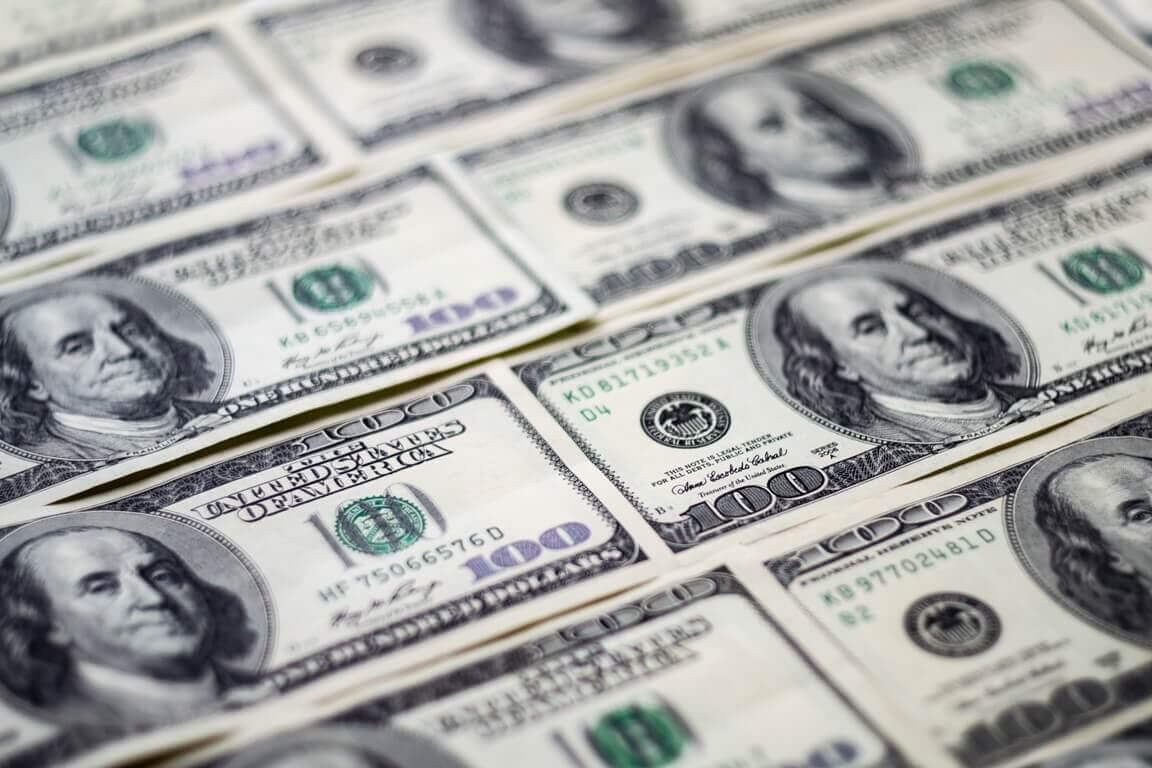The U.S. dollar rallied on Tuesday to a fresh 20-year high versus the Japanese yen. It also tested a two-year peak against the euro, bolstered by high U.S. Treasury yields. Currently, ten-year U.S. inflation-linked bond yields are staying within touching distance of turning positive for the first time in two years.
The dollar index surged past 101 against the basket of six other currencies for the first time in more than two years. It traded flat at 100.84 at 1155 GMT, though. The greenback’s gains have been most striking against the Japanese currency. It climbed to its highest level of 128.46 against the yen since May 2002. The dollar exchanged hands higher by 1.3% at 128.20 yen at last.
Overall, the U.S. currency has gained 5.4% on the yen this month. That is its second-biggest monthly percentage gain since 2016 after last month’s 5.8%. The dollar jumped to its highest level of 0.9492 since July 2020 against the Swiss franc, as well.
Meanwhile, the euro recovered some losses, adding 0.1% against the dollar at $1.07935. It stayed just off last week’s two-year low of $1.0756, though. Francesco Pesole, the FX Strategist at ING, noted that policy divergence between the Federal Reserve and low-yielding central banks (Bank of Japan, European Central Bank) continues to argue in favor of the dollar strength.
Investors think the U.S. Federal Reserve to tighten its monetary policy. Their expectations are supporting the dollar. On Monday, St. Louis Federal Reserve Bank President James Bullard said that U.S. inflation was far too high. He repeated his case for increasing interest rates to 3.5% by the end of 2022.
What is the Bank of Japan going to do?
Thus far, Japan’s central bank has been intervening to keep the yield on Japanese 10-year government bonds around 0% and no higher than 0.25%. However, many traders are betting the yen has further to plunge. According to the latest CFTC data for the week ending April 12, net short yen positions are the largest in three and a half years.
On Tuesday, Japanese Finance Minister Shunichi Suzuki warned about the yen’s recent slump, stating that the damage to the economy from a declining currency at present is greater than the benefits from it.
In Europe, sterling traded flat at $1.3019, remaining in sight of its 17-month low against the greenback of $1.2973, hit last week. The latest fighting in Ukraine hasn’t helped the sentiment about European currencies.
On Tuesday, the Australian dollar briefly jumped to $0.740 from Monday’s one-month low. Minutes published on Tuesday from the Reserve Bank of Australia’s April policy meeting supported the currency for a while. They suggested that the central bank was edging closer to hiking interest rates for the first time in more than a decade.
On the other hand, emerging market stocks decreased on Tuesday. Investors are worried about an economic slowdown in China caused by coronavirus lockdowns. South Africa’s rand tumbled down against a firming greenback amid severe power cuts and floods. The MSCI’s index for EM stocks shaved off 0.5% for the fourth straight session.
China’s government has vowed to support its economy, hit by the worst coronavirus outbreak in two years. New data showed the economy slowed in March as consumption, exports, and real estate were affected by harsh COVID restrictions and the Ukraine war.
What do the analysts think?
Strategists at UBS noted that transportation bottlenecks, mobility curbs, and a continuation of the current coronavirus policy pose near-term risks to growth in China. They lowered the 2022 gross domestic product (GDP) growth forecast for the second-largest economy worldwide.
On Tuesday, South Africa’s rand plummeted by 0.5%. South African state utility Eskom increased scheduled power cuts. Meanwhile, floods in KwaZulu-Natal province killed more than 440 people. It also left thousands homeless and disrupted operations at Durban, which is one of Africa’s busiest ports.
Turkey’s lira also dropped by 0.2% against the dollar. Central bank data showed the residential property price index (RPPI) jumped an annual 96.4% in February, rallying against the backdrop of rising inflation.
The Russian rouble gained in early Moscow trade, while prices for OFZ government bonds soared to their highest since February 21. Traders expected that the central bank would soon cut interest rates again. On Tuesday, most central and eastern European currencies were mixed against the common currency.











